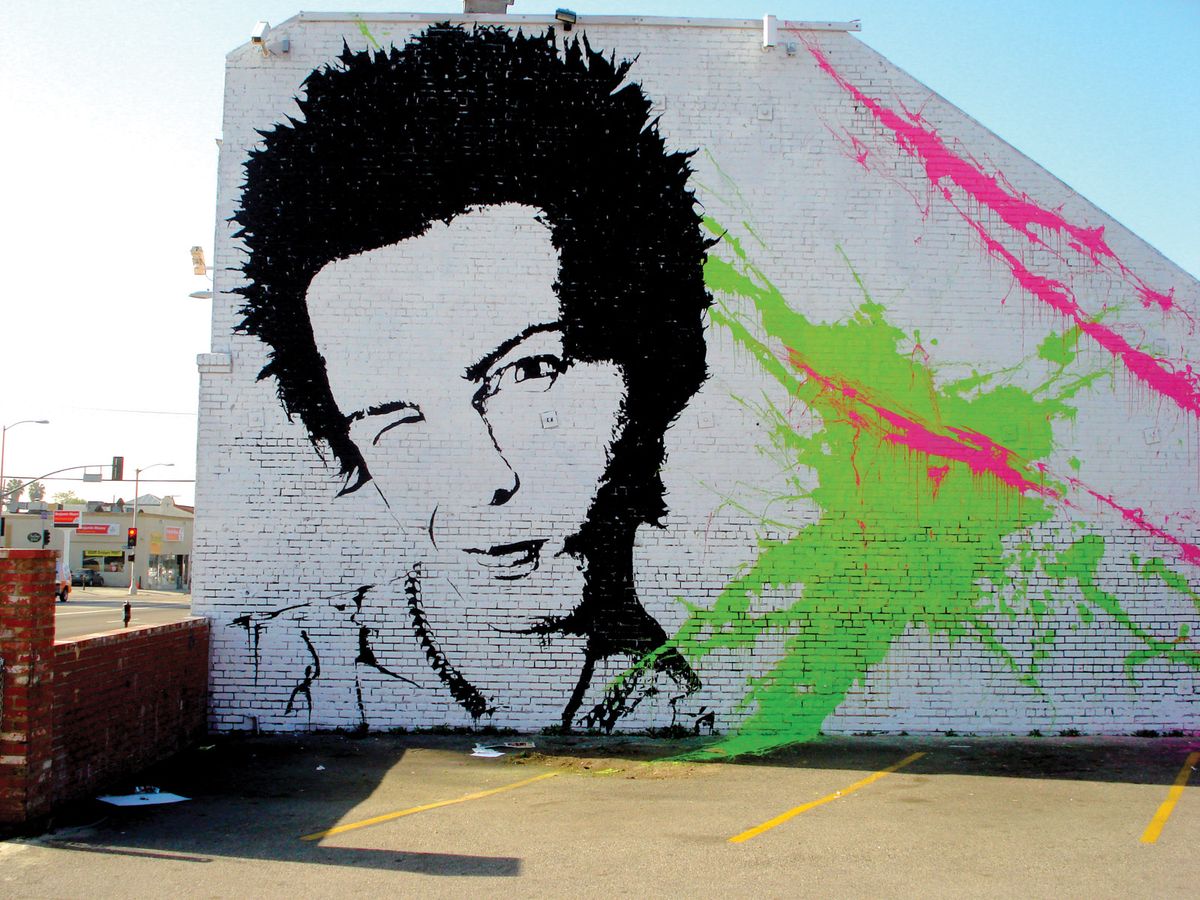Several items of copyright legislation before the US Congress this year could reshape the landscape for artists seeking damages in infringement cases.
The most substantial is the proposed Copyright Alternative in Small-Claims Enforcement (CASE) Act, which would set up a small claims court system in the US Copyright Office, with a board of three judges adjudicating relatively minor instances of copyright infringement. The damages that could be awarded would be limited to $15,000 for each infringed work and a total of $30,000 per claim. These courts would function as mediation mechanisms, requiring the consent of both sides to proceed. Defendants would have the right to opt out of the proceedings within 60 days and resolve the matter in a federal courtroom instead.
The measure was introduced last year by New York Democratic Representative Hakeem Jeffries to give artists, photographers and other content creators a more efficient way of enforcing damages since, under current law, all copyright suits must go through the federal courts, a system that is often costly and time-consuming for creators who decide to sue. For instance, the landmark copyright case of photographer Patrick Cariou versus Richard Prince and Gagosian gallery took five years of litigation before it was ultimately settled in 2014, following a 2013 reversal of a New York court’s original 2011 ruling that held that Prince’s works were infringing.
Irina Tarsis, the founder and managing director of the Brooklyn-based Center for Art Law, says that, more often than not, artists do not have the “courage, resources or time to bring a suit to court”, and a small claims court may provide for “a more accessible forum to that end”.
Bark but no bite
Though the CASE Act passed the House of Representatives by an overwhelming majority, the proposed legislation has prompted pushback. The opt-out provision has disappointed many lawyers, as it appears to take the teeth out of the enforcement mechanism, leaving the system with some bark but little bite.
The measure “doesn’t go far enough”, according to Joshua Kaufman, a Washington DC-based lawyer who specialises in legal cases involving works of art. “Most infringers know that, if they opt out, the artist won’t be able to pursue it in regular court” because of the cost of litigation, and “simply won’t agree to it”.
Judith Wallace, a managing partner of Carter Ledyard & Milburn, says that while the proposed legislation reduces “costs by streamlining the process” it also lessens “certain safeguards built into litigation”. She points out it creates a constitutional challenge by shifting the power to resolve issues of federal law from a federal court to a government agency—the copy-right claims officers who would preside over cases would be appointed by the head of the Library of Congress.
Others in the legal field have expressed concern that the small claims copyright courts would create rather than resolve problems. “Big content owners and copyright trolls alike will find it easier and cheaper to go after individuals for smaller-scale alleged infringements that wouldn’t be worth pursuing in federal court, but may be worth a shot in this new small claims forum,” says Kate Lucas, a Manhattan-based copy-right lawyer. Considering how district and appellate courts currently struggle with “nuanced” concepts such as fair use and de minimis infringement, she is “sceptical of the idea that this forum would save many people the need to hire a lawyer”.
The legislation is currently awaiting mark-up by the Senate’s judiciary committee, which is chaired by Louisiana Republican John Kennedy. A Kennedy spokeswoman says that “some concerns have been raised about the Act by various groups” (a reference to worries about a small claims copyright court making arbitrary rulings) and about “what falls under the copy-right court’s jurisdiction”, and that these concerns would be addressed by the Senate committee.
Change on the horizon
The CASE Act is not the only measure before Congress meant that could affect the art trade. Bills of longer standing continue to await votes, either in a subcommittee or by the two chambers, such as the ART Act (American Royalties Too Act), which would establish a 5% resale royalty for artists whose works are sold in a limited realm on the secondary market. The royalty only applies to sales at auction houses that sell over a million dollars of art per year and is capped at $35,000, no matter how high the sale price is.
Another is the Artist Museum Partnership Act, which would permit artists to deduct the full fair market value of their own works that they donate to museums, libraries, universities and other public institutions. The Act would give artists an incentive to donate their own work and contains a number of taxpayer protections against abuse, the principal one being a requirement that the object being donated must have been created at least 18 months before the gift is made. Additionally, the artwork must be formally appraised, and the institution receiving the gift must assure the IRS that it actually wants the piece.
Meanwhile, the US Supreme Court ruled on Monday that state governments may use copyrighted images without having to ask permission of, or pay a licensing fee to, the works’ owners under the doctrine of sovereign immunity. The high court’s ruling resolved a conflict between a 1990 federal statute called the Copyright Remedy Clarification Act, which opened up state governments to copyright infringement lawsuits, and the 11th amendment to the US Constitution, which restricts private citizens from suing states. The decision could significantly impact artists, particularly photographers and writers, whose images and words may be used by state government offices.


